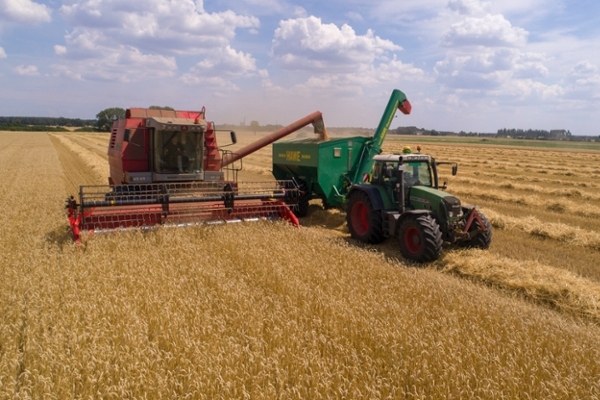
Digital Technologies and the Transformation of the Global Agricultural System
The plant breeding system, the agri-food supply chain, including on-farm production, and retail marketing are all being transformed by digital technologies and big data analysis.
By PETER W.B. PHILLIPS, CSIP RESEARCHER AND JSGS DISTINGUISHED PROFESSORThe plant breeding system, the agri-food supply chain, including on-farm production, and retail marketing are all being transformed by digital technologies and big data analysis.
The digital play in the breeding space could change how we produce better and faster innovation in the plant, animal and microbial populations for our food system. This is the area with most of the venture capital and where large multinational agro-chemical enterprises and governments invest much time and energy.
Upstream and downstream from that are two other plays where digital applications have potential to change the food system. The breeding space invents new varieties of plants, animals and microbes that might be useful. But the things we grow are only a small part of the productive capacity of our system. As we digitize breeding, we are similarly rapidly digitizing the whole supply chain going from upstream breeders down to the consumer. This is largely a supply-push digitization as the new applications open opportunities for better coordination across the system and for driving out inefficiencies. On-farm, for example, farmers have been using GPS aided seeding, harvesting and fertilizer application and we are moving to much more targeted application of inputs. So instead of just broad acre application of herbicides or fertilizers, we are actually putting them where they are most needed. By monitoring and controlling this and much more, we can drive inefficiencies out of the existing system. There is a lot of money in that. Every farmer purchases and uses inputs that add up to more than 80% of the total value of their production. Greater on-farm effectiveness in the application of seeds, herbicides and fertilizers is expected to drive out six or seven percent of gross costs, which could as much as double the profit margin for farmers, with little or no additional expenditure.
The other area where digital tools could be important is downstream. Consumers, particularly in the developed world but increasingly in parts of the developing world, are placing new and varied demands on the food chain as they get wealthier, acquire more education and pursue varied lifestyles. In theory, the digitization of the food chain opens an opportunity for the individual consumer to not just select among the things that are presented to them at the point of sale, but actually to send their information back into the supply system to draw into the retail space only those products that have the specific attributes that they want, at the precise time they want. With a just-in-time targeted production system that delivers the product you want, consumers should be able to specify the specific producer who will produce the food, the precise set of technologies, varietals and production methods used, and to deliver the product exactly in the way that delivers the most satisfaction to the consumer. This will not necessarily be about safety or nutritional quality, but rather the ultimate expression of personal preferences.
Like any transformation, there will be winners and losers from each of these possible changes. Those who will face higher prices or reduced access to products they prefer can always be compensated but it is much harder to deal with people who find some of these changes affect their values. In the industry itself, not all actors will be able or willing to make the changes to benefit from the innovations. Some of the new digital technologies require new capital investments and new training to make them work; smaller operations and older producers may be unable to adapt. However, many of the changes in the supply chain will create opportunities for some farms to specialize and gain. Doing so will require producers and others in the supply chain to share information that until now was viewed as private. For either commercial or personal reasons, some may be unable to unwilling to share all the information necessary to participate, foreclosing any way to benefit from these opportunities.
Unlike many other technological challenges, the digital transformation of agriculture will not affect everyone equally. The most immediate effect will be the uneven uptake of the technology. Many producers and much of the breeding community are well along the path to testing and adopting some of these new technologies, but no one has a clear sense of how they will work and whether they deliver the promised value.

